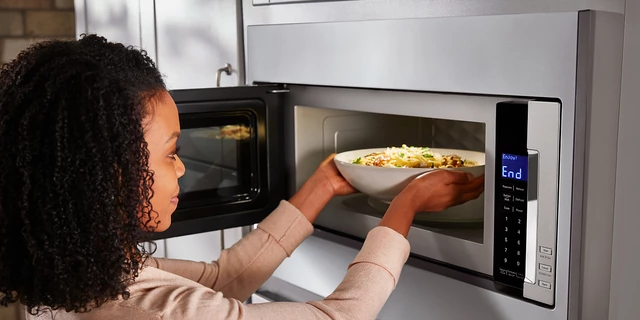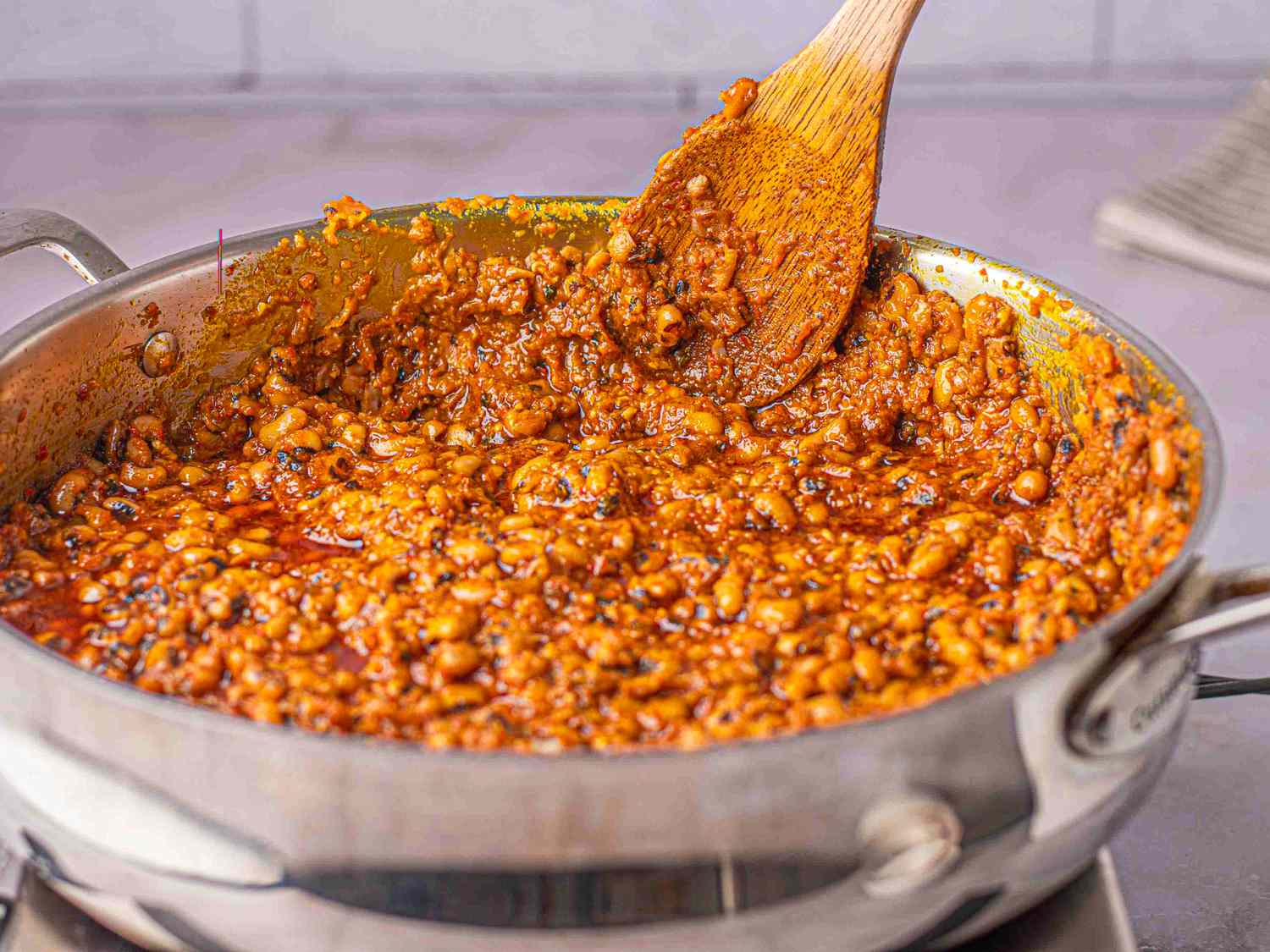How microwave was invented by mistake
When it comes to kitchen appliances, the microwave oven has over the years become a lifesaver.
Microwave has helped save time cooking and reheating food and many wonder what they would have done if they didn’t have one.
While the microwave oven might be one of the best things today, its invention was actually a mistake. It all started in 1945 when an engineer named Percy Spencer was working for the Raytheon Corporation, a company heavily involved in military and defence research.
At the time, Spencer was conducting experiments on magnetrons, high-powered vacuum tubes used in radar systems. One day, while standing near an active magnetron, he noticed something peculiar: the chocolate bar in his pocket had melted. This unexpected occurrence intrigued Spencer and sparked his curiosity.
As is common with researchers, Spencer decided to embark on a series of experiments to understand why his chocolate melted.
He proceeded to conduct further tests, this time using popcorn kernels, and witnessed them popping under the influence of the magnetron’s radiation. These results hinted at the potential application of this accidental discovery in the realm of food preparation.
With this new knowledge, Spencer began designing a device that harnessed the magnetron’s power for cooking purposes. He started by assembling a metal box with an opening through which the microwave radiation could escape.
Within the box, he placed food items and observed how they heated up rapidly when exposed to the magnetron’s electromagnetic waves. This prototype laid the foundation for what would later be known as the microwave oven now available in most modern kitchens today.
Over the years, Spencer’s invention has been improved upon and transformed into the modern microwave oven we have today.
At first, the early microwave ovens were large, expensive, and primarily used in commercial settings like restaurants and ships. However, advancements in technology and manufacturing techniques gradually made them smaller, more affordable, and suitable for domestic use.
By the 1960s, microwave ovens started making their way into ordinary households, enabling faster cooking and defrosting while preserving food quality.
The convenience and efficiency they offered revolutionized culinary practices, particularly for busy individuals seeking quick meal solutions. Microwave ovens became an essential kitchen appliance, forever altering the way we approached food preparation.
The microwave oven today has become an integral part of our daily lives, forever changing the way we approach food preparation and cooking and we all have Spencer’s “mistakenly melted chocolate bar” to thank for that.
























